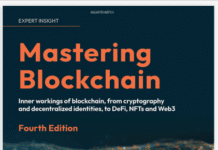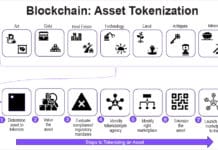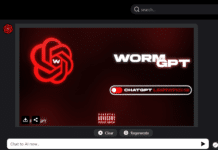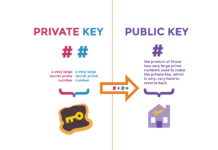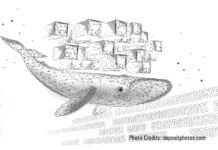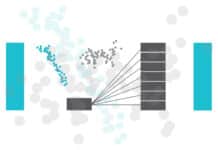The Bing team is also hoping that researchers and academics will use the algorithm to explore other areas of search breakthroughs.
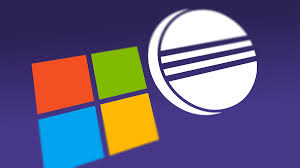 Microsoft has open sourced an AI algorithm that enables its search engine Bing to more quickly deliver more relevant results to users.
Microsoft has open sourced an AI algorithm that enables its search engine Bing to more quickly deliver more relevant results to users.
The algorithm, called Space Partition Tree And Graph (SPTAG), is one of the most advanced AI tools used by Microsoft to better meet people’s evolving search needs. It allows users to take advantage of the intelligence from deep learning models to search through billions of pieces of information, called vectors, in milliseconds.
The AI algorithm has been released on the Microsoft-owned Github as an open source project. This means the algorithm is now available to download, fork and tweak.
Vector search makes it easier to search by concept rather than keyword. According to Microsoft, it uses vector search for its own Bing search engine, and the technology is helping Bing better understand the intent behind billions of web searches and find the most relevant result among billions of web pages.
“Bing processes billions of documents every day, and the idea now is that we can represent these entries as vectors and search through this giant index of 100 billion-plus vectors to find the most related results in 5 milliseconds,” said Jeffrey Zhu, program manager on Microsoft’s Bing team.
AI tool for better visual, audio search
The Bing team said they expect the open source offering could be used for enterprise or consumer-facing applications to identify a language being spoken based on an audio snippet, or for image-heavy services.
“Even a couple seconds for a search can make an app unusable,” noted Rangan Majumder, group program manager on Microsoft’s Bing search and AI team.
The team is also hoping that researchers and academics will use the algorithm to explore other areas of search breakthroughs.
“We’ve only started to explore what’s really possible around vector search at this depth,” he said.
On Wednesday, the company also released user example techniques and an accompanying video for the AI tool via Microsoft’s AI lab.





